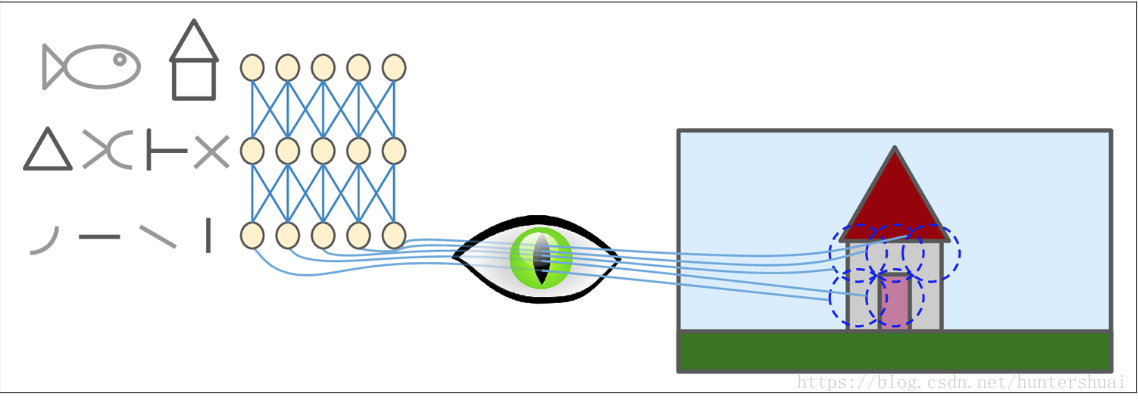Machine learning system type
机器学习的类型划分主要基于以下几点:
- Whether or not they are trained with human supervision
- supervised: regression prediction and classification(回归预测和分类)
- unsupervised:clustering(聚类)
- semisupervised
- Reinforcement Learning
- Whether or not they can learn incrementally on the fly
- online
- batch learning
- Whether they work by simply comparing new data points to known data points, or instead detect patterns in the training data and build a predictive model, much like scientists do
- instance-based
- model-based learning
Reference Link:https://blog.youkuaiyun.com/huang1024rui/article/details/49735113
Pattern Recognization Machine learning
what does PRML do?
- Classification: Assign each input to one of a given set of classes
- Regression: assign a real-valued output to each input
- Sequence Prediction: Do classification or regressioin to each member of a sequence of values
- Decision making: assign a series of actions to achieve the best overall reward
Two stage of machine learning
- Training of learning phase
- Training data
- determing f(x)
- Test phase
- Testing: classification/predication/decoding…
- Generalization problem
Key Element of Machine learning
- Type of machine learning
- example : blind source separation type is ??
- Data
- input (observation feature)
- output(label)\
- model
- Parametric or non-parametric
- Form of model (what are the parameter)
- Criterion
- what’s the meaning of being optimal
Generative VS Discriminative
About the difference, may the link:
https://blog.youkuaiyun.com/zouxy09/article/details/8195017 will help.
Training Model
Linear
Gradient Descent(GD)
- batch GD
- Mini-batch GD
- Stochastic GD

Polynomial Regression
SVM(support vector machine)
svm
Decision Tree
Ensemble learning and Random Forests
Neural network
Activate function

DNN(deep neural nets)
CNN(convolutional neural nets)
pros:
- minimize model parameter numbers
- enhance generilize ability: able to learn the intrinstic of data, and can be transfer the ablity to new group of data











 本文详细介绍了机器学习的主要类型,包括有监督学习、无监督学习、半监督学习和强化学习,探讨了在线学习与批量学习的区别,以及实例基于模型的学习方式。文章还深入解析了模式识别在机器学习中的应用,如分类、回归、序列预测和决策制定,并概述了训练阶段与测试阶段的关键过程,以及解决泛化问题的方法。
本文详细介绍了机器学习的主要类型,包括有监督学习、无监督学习、半监督学习和强化学习,探讨了在线学习与批量学习的区别,以及实例基于模型的学习方式。文章还深入解析了模式识别在机器学习中的应用,如分类、回归、序列预测和决策制定,并概述了训练阶段与测试阶段的关键过程,以及解决泛化问题的方法。

















 954
954

 被折叠的 条评论
为什么被折叠?
被折叠的 条评论
为什么被折叠?








